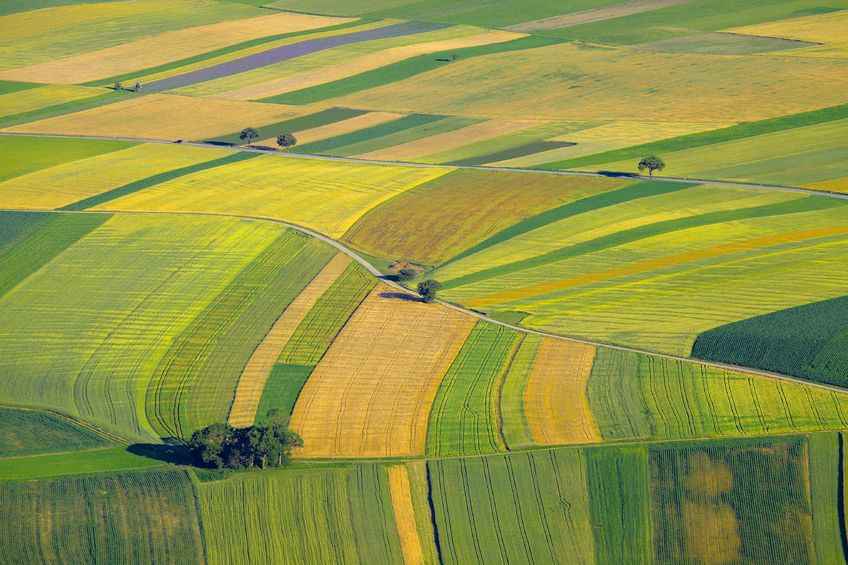
The value of farmland in England appears to be 'levelling out' after 2 years of decline, according to figures.
The past six months have been a time of 'unprecedented political and economic uncertainty' but despite that land prices held up well.
"Since its peak in 2015, the average price of English arable land has fallen back, mostly as a result of continued pressure on farm incomes," said Michael Fiddes, head of estates and farm agency for Strutt & Parker.
"However, the most recent analysis of our Farmland Database suggests that land prices have started to stabilise."
The average price paid for arable land in Q2 was £8,400/acre, around the same level as seen during the first three months of the year.
There can be a wide range in prices paid, but the majority of land sold in the £8,000–£10,000/acre price bracket, with most of this at the lower end of the range.
"Pasture prices also remained stable at an average sale price of £7,700/acre, with a range from £5,800 to £8,875/acre," he said.
'Longer to sell'
Mr Fiddes said demand for farmland remains highly localised with some farms going under offer quickly following competitive bidding, while others are attracting much lower levels of interest.
"Farms are generally taking longer to sell, particularly the smaller units of 100-500 acres, but some of the larger blocks of ground are selling particularly quickly and selling well.
"One factor is more activity in the market from buyers looking to roll-over windfall funds from the sale of residential development land.
"Lifestyle buyers and private investors are playing an increasing role in the market."
The data points to a significant fall this year in the proportion of land selling for more than £10,000/acre, compared with 2014 and 2015.
Brexit reassurances
Mr Fiddes said while it is true that most farmers are less willing to pay a premium to secure land, another factor was a smaller number of properties exchanging hands which were likely to attract a premium.
"In Q1 of 2017 we saw three exceptional sales achieve prices of about £15,000/acre and while that has not been repeated in the second quarter, it is to an extent, a reflection of the type of property that has been in the market over the past six months.
"Non-farmers may still be prepared to pay a premium for the right property, particularly in the ever-popular areas west of London and up into the west Midlands."
Mr Fiddes said the year started slowly in terms of supply, however more land has come to the market in Q2 and levels are around the five-year average.
"At this point, there are no indications that more farmers are planning to sell this autumn, which would accelerate the amount of land coming onto the market," he said.
"While Brexit has caused uncertainty, some farmers have been reassured by the promise that subsidies will continue until at least 2022 and the rise in commodity prices, which is a direct result of the fall in the value of sterling."
